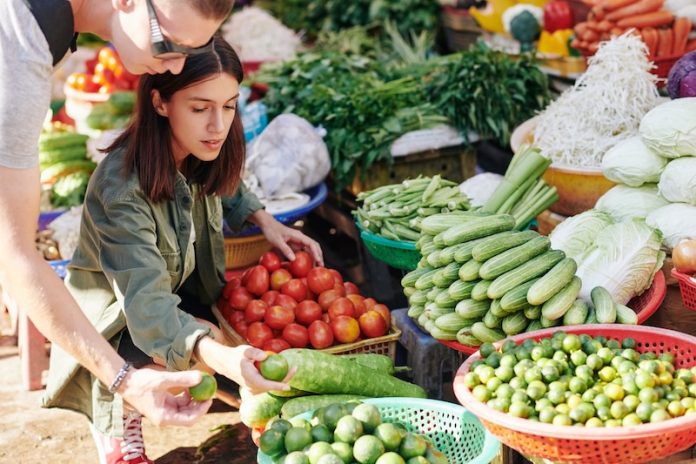
A groundbreaking study, presented at the American Heart Association’s Scientific Sessions 2023, has revealed promising results for a six-month produce prescription program.
This innovative program not only significantly enhanced blood sugar control but also addressed food security and nutrition security among participants enrolled in Medicaid, marking a critical step toward improving overall well-being.
Cardiometabolic health conditions, including obesity, type 2 diabetes, and heart disease, are leading causes of death in the United States.
Healthy nutrition is recognized as one of the essential components for optimal cardiovascular health, as outlined in the American Heart Association’s Life’s Essential 8 metrics.
Previous research has emphasized the role of inadequate nutrition in contributing to these health conditions while exacerbating health disparities and escalating healthcare expenditures.
The Promise of Produce Prescription Programs
Produce prescription programs have emerged as a promising approach to addressing these challenges by providing participants with free produce vouchers or reduced-cost deliveries of fresh fruits and vegetables.
Such programs aim to improve health outcomes by tackling food insecurity and enhancing access to nutritious foods.
In the first-ever randomized clinical trial of its kind, researchers investigated the effects of a six-month produce prescription program on blood sugar control among participants, with this being the primary outcome measure.
Study participants were randomly assigned to one of three groups: a control group (no free fresh produce), a higher-dose intervention group (free weekly produce deliveries), and a lower-dose intervention group (also receiving free weekly produce deliveries).
At the conclusion of the six-month study period, participants in both the higher and lower-dose produce groups exhibited improved hemoglobin A1c (HbA1c) levels, indicating better blood sugar control compared to the control group.
The reduction in HbA1c was notably more significant while participants were actively receiving produce prescriptions and gradually declined after the program concluded.
Furthermore, the study demonstrated a substantial improvement in both food security and nutrition security among participants in the intervention groups.
The odds of being food secure increased by approximately 230%, and the odds of achieving nutrition security surged by 370% when compared to the control group.
Implications and Future Directions
These findings hold substantial promise for healthcare interventions aimed at providing nourishing food to low-income adults with type 2 diabetes.
Early detection and intervention through produce prescription programs may help delay the onset of symptoms and improve overall health outcomes.
While the study’s secondary analysis suggests that benefits are most prominent during active program participation, long-term intervention may be vital for some patients.
This research emphasizes the potential for treatments that prioritize access to healthy foods to address health disparities and enhance the overall well-being of individuals affected by type 2 diabetes.
Conclusion
The six-month produce prescription program offers a beacon of hope for individuals battling type 2 diabetes, particularly those with limited access to nutritious foods.
By addressing blood sugar control and food security, this approach aligns with the American Heart Association’s commitment to developing evidence-based programs that integrate healthy foods into patient care to manage, treat, and prevent cardiovascular disease and other chronic health conditions.
If you care about diabetes, please read studies about Vitamin D and type 2 diabetes, and to people with diabetes, some fruits are better than others.
For more information about diabetes, please see recent studies that low calorie diets may help reverse diabetes, and 5 vitamins that may prevent complication in diabetes.
Follow us on Twitter for more articles about this topic.
Copyright © 2023 Knowridge Science Report. All rights reserved.



